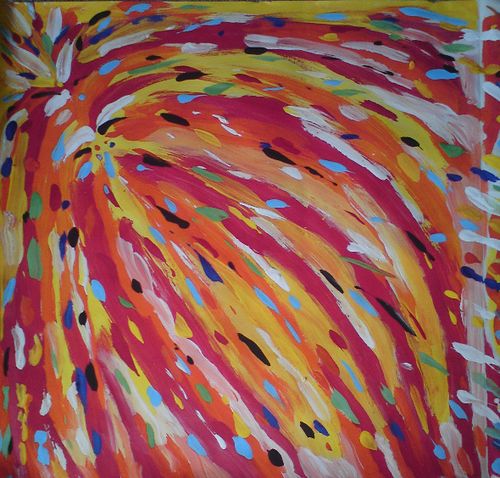
About Play and Creative Arts Therapy...
Play is the child's natural form of self-expression. It is essential for development. Play and Creative Arts Therapy gives the child the opportunity to play out their feelings and problems with a therapeutic objective. Through working mainly non-directively it provides a confidential space, alleviating emotional, behavioural and mental health problems, enabling improved concentration and learning. As Fred Rogers said: "Play is often talked about as if it were a relief from serious learning. But for children play is serious learning."
Play and Creative Arts Therapy can help with a range of issues and studies indicate that 70 to 88% of children show a positive change following play therapy sessions.
Much of current Play Therapy is based on Virginia Axline's 8 prinicples. She identified these basic principles to guide child centered therapists (1947; pg. 73-74, Axline’s italics):
- The therapist must develop a warm, friendly relationship with the child, in which good rapport is established as soon as possible.
- The therapist must accept the child exactly as he is.
- The therapist establishes a feeling of permissiveness in the relationship so that the child feels free to express his feelings completely.
- The therapist is alert to recognize the feelings the child is expressing and reflects those feelings back to him in such a manner that he gains insight into his behaviour.
- The therapist maintains a deep respect for the child’s ability to solve his own problems if given an opportunity to do so. The responsibility to make choices and to institute change is the child’s.
- The therapist does not attempt to direct the child’s actions or conversation in any manner. The child leads the way; the therapist follows.
- The therapist does not attempt to hurry the therapy along. It is a gradual process and is recognized as such by the therapist.
- The therapist establishes only those limitations that are necessary to anchor the therapy to the world of reality and to make to the child aware of his responsibility in the relationship.
More information about Virginia Axline can be found on the Brief History of Play Therapy page.

